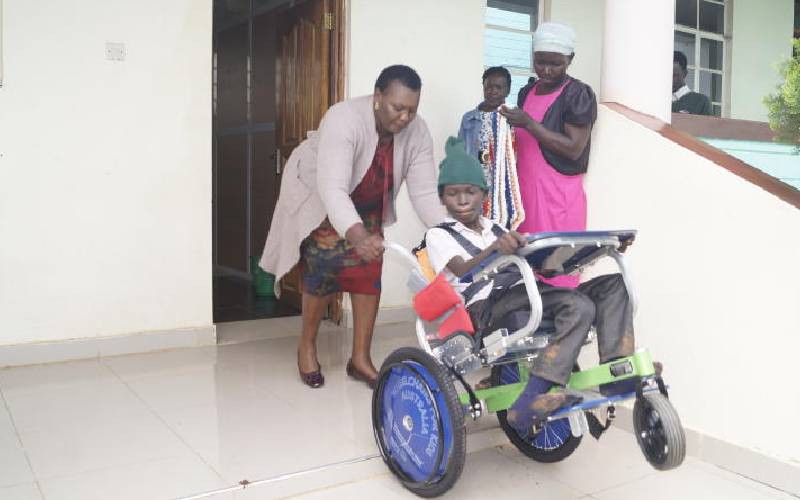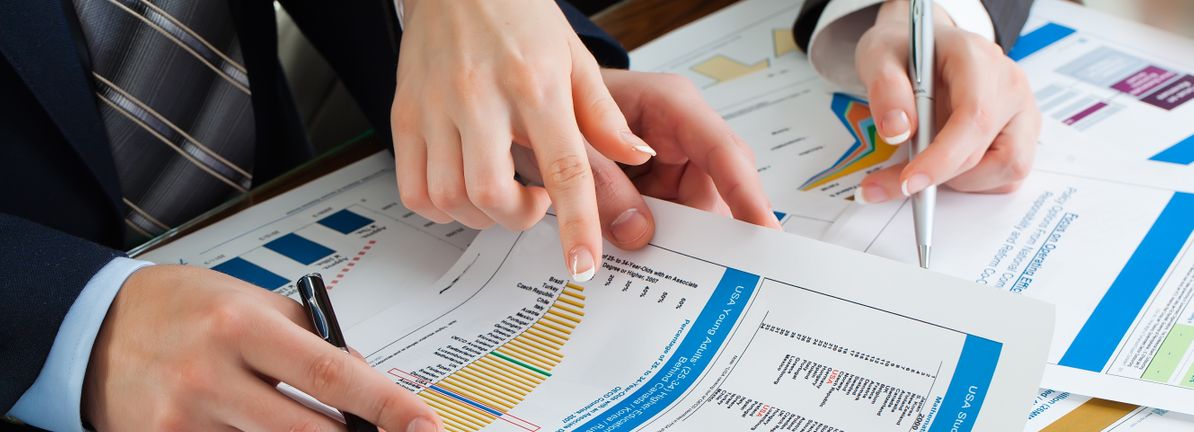For decades Australia has led the world in rooftop solar. Government incentives to encourage uptake have been so successful that panels now adorn the roofs of more than 4 million homes around the country.
Then came the push to install household batteries to save more of the solar power generated by day for use in the evening. There are now more than 300,000 households with batteries in Australia, and the number is growing rapidly.
Now some states and territories have new incentives to encourage uptake of virtual power plants, or VPPs.
But what is a VPP, and why might households want to join one?
A VPP is software that can pull power from your household battery and sell it back to the grid. It is a “power plant” in the sense that the software bundles the energy from several households to emulate a single producer.
When demand for electricity is high, the VPP pulls excess power stored in batteries, to increase the stability of the grid and reduce the need for big generators or what some call “baseload power”.
In theory, it will lower power bills for everyone and reduce reliance on ageing coal-fired power stations.
Smart Energy Council acting chief executive Wayne Smith said recently that it was important to integrate individual whole batteries into a bigger collective system.
“There’s a private benefit and a public good,” Smith said.
Households are giving up some control over their system when they consent to be in a VPP, so what’s in it for them?
First, they will be paid for it. There are VPPs available in all Australian states and territories. Consumers are either simply paid for participation in the VPP, or paid for the energy they feed into the grid.
In NSW, there is an additional sweetener: the government will pay a household to join a VPP based on the size of its battery. For example, to connect an 11.5 kilowatt-hour battery to a VPP would earn a bonus of about $850. The state is ending its separate incentive for the purchase of the actual battery, deeming the new Commonwealth Cheaper Home Batteries scheme to be enough.
Solar households would be familiar with the dwindling feed-in tariffs for selling electricity to the grid, which are set to get even worse with new pricing from July 1. This is because there is now so much cheap solar energy in the electricity network during the day – when the sun is shining and the panels are pumping out the power – that it far exceeds demand.

Electricity retailers would be willing to pay more for household solar fed into the grid if the time is right.Credit: Louise Kennerley
Some networks, such as Ausgrid, are now charging to feed in solar power during the day. This doesn’t come as a direct fee to the solar households because the energy retailer sits in the middle, but the cost is deducted from the feed-in tariffs available to consumers.
Most electricity retailers have drastically reduced feed-in tariffs or even taken them to zero, and in some cases, they’re choking off households from being able to feed in at all.
Electricity retailers would be willing to pay significantly more if the time is right. In the evening – when no solar is being produced and demand is high because most people are home from work – retailers are paying a higher wholesale price and would be keen to pay households for stored power.
Rewiring Australia chief executive Francis Vierboom says consumers need to shop around because the rate you can earn through a VPP varies by electricity retailer.
“If you don’t sign your battery up to a VPP, then it’s a bit like keeping your money under the mattress – it’s the most simple option,” Vierboom says.
“A lot of VPPs will offer you basically a reward, based maybe on a fixed rate that your battery gets paid if they call on it, to export energy to the grid. That’s a bit like putting your money into a savings account that’s got an interest rate.”
Finally, Vierboom says, there are retailers such as Amber Electric that pass the live five-minute changing price of energy through to their customers.
In that case, Vierboom says, “it’s a bit more like putting your money in the stock market ... one of those index funds”.
This is complex and would not suit everyone, but for those who are interested, there is a higher risk and return.
Loading
Consumers will need to ask questions about how frequently their batteries will be accessed and whether they can override VPP instructions when they want. Battery owners will want to retain control so they don’t have their electricity taken at one price and then be forced to buy it back at a higher price.
Fortunately, battery owners should always be able to use their own stored energy in the event of an actual blackout, since it is a physical impossibility to feed energy into an offline grid.
Solar Citizens chief executive Heidi Lee Douglas says her organisation, which advocates for solar consumers, was disappointed by the NSW decision. There should have been more public education about VPPs before pulling the pin on the state battery subsidy, she says.











